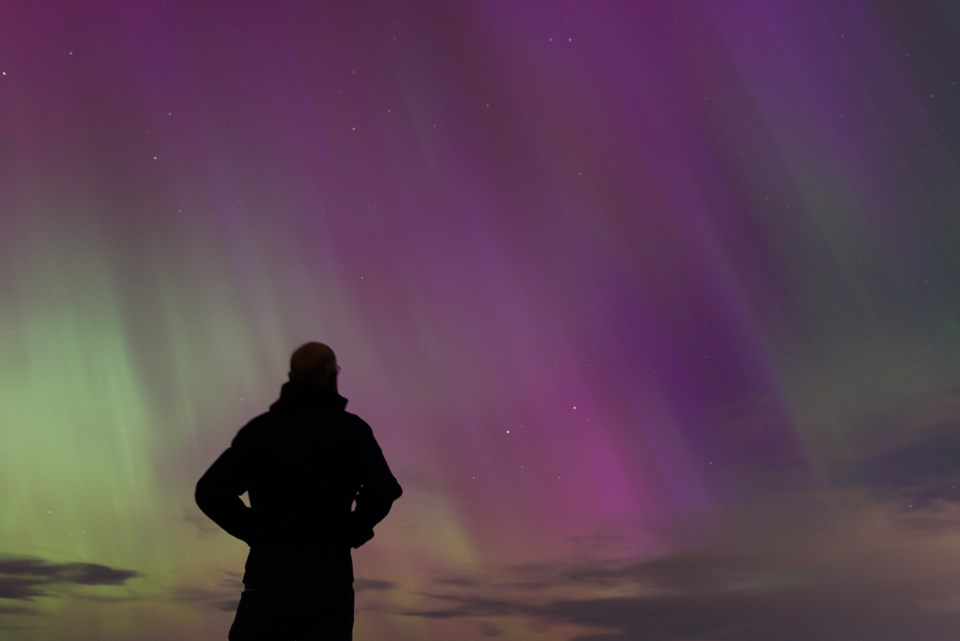Light is a time traveler.
This is a thought that Astrophysicist Neil DeGrasse Tyson said keeps him up at night. I was watching one of his videos where he discusses this universal property that is both unsettling and glorious enough to make one's brain glitter and spark at 3 a.m.
“Einsteins relativity - where the faster you move, the slower time ticks for you . . . this is an actual property,” said Tyson. “GPS satellites orbit higher than our space station and other things that we call ‘lower earth orbit.’ That is far enough away from earth's source of gravity, for them to have a measurably different space-time condition. So, their clocks tick faster than our clocks on earth's surface,” said Tyson.
Tyson goes on to explain that satellites soaring around the earth’s orbit, have the E=MC2 equation built into their delivery of information to coincide with the time experienced on Earth, not the time the satellite experiencing.
Once you reach the speed of light, time ceases to exist. Although matter obliterates at such speeds, photons of light are seaworthy enough to voyage across such passages beyond time.
All around us, photons travel, bending time and existing in a phantasmagoria of our own earthly reality.
Listening to Tyson speak about the speed of light, it reminded me of one of my most beloved facts - humans are ever so slightly bioluminescent.
I remember my God mother taking me for a swim in the ocean at night when the phosphorescence was out. The swirling glow of the moving ocean was the most magical thing I’d ever experienced.
We climbed into a canoe and watched the glowing wakes of darting fish. I trailed my hands along the water, agitating the bioluminescence phytoplankton to sparkle. I think of that memory now and wonder about the speed of bioluminescent light – how those dim dreamy photons experienced that moment. And to think, our bodies hold a little of that magic.
Now, I think to the images Japanese researchers captured with an ultra light-sensitive camera, that show the light immitted from a man's face and chest. This light, undetectable to the human eye, is a product of chemical reactions within our cells. Our literal inner light.
Recently, I covered the Night of Music at St. John’s United Church were Les Parsons performed a heartfelt song about finding one's inner light. Parsons spoke about the active wars that are happening around the world, and how it can be hard to maintain hope.
“There’s days the darkness gets the best of you and it’s pretty gosh darn hard to let the light shine,” said Parsons.
When I finished watching the video of Tyson speaking about the speed of light, I thought of Parsons sitting on the church stage with his guitar, glowing imperceptibly with his own bioluminescence.



